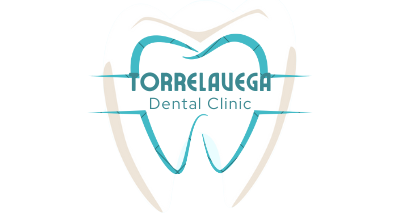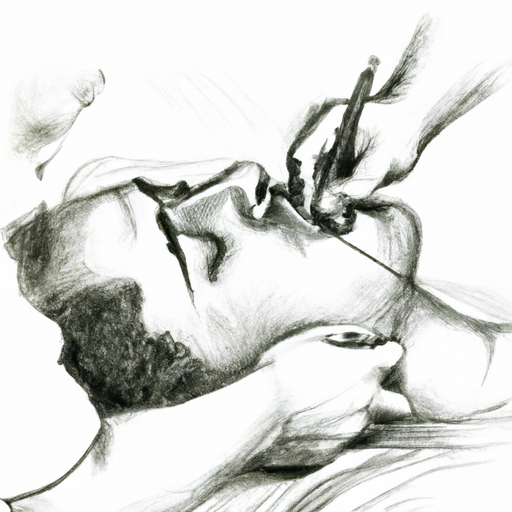Dental anesthesia can be a common yet uncomfortable condition that affects many individuals. From the symptoms and causes to the diagnosis and treatment options, there is much to consider when dealing with this issue. In this article, we will explore the ins and outs of dental anesthesia, providing valuable information on how to recognize, address, and prevent this condition. Whether you are currently experiencing dental anesthesia or simply looking to maintain your oral health, this comprehensive guide will offer insights and solutions to help you navigate this common dental concern.
1. "Understanding Dental Anesthesia: Symptoms, Causes, and Diagnosis"
Dental anesthesia, also known as numbness or loss of sensation in the oral cavity, is a common occurrence during dental procedures. It is typically induced by the use of local anesthetics, which block the sensation of pain in a specific area of the mouth. While dental anesthesia is generally safe and temporary, there can be instances where patients may experience prolonged numbness or other complications.
Symptoms of dental anesthesia can include difficulty speaking, eating, or swallowing, as well as drooling or drooping of the mouth. In some cases, patients may also experience tingling or numbness in the lips, tongue, or cheeks. These symptoms typically subside within a few hours after the dental procedure is completed, but in rare cases, they may persist for a longer period of time.
The causes of prolonged dental anesthesia can vary and may include factors such as the type and dosage of the anesthetic used, the location of the injection, or individual differences in how the body metabolizes the medication. It is important for patients to communicate any unusual or prolonged symptoms to their dentist so that appropriate treatment can be provided.
Diagnosing the cause of prolonged dental anesthesia may involve a thorough examination by a dental professional, as well as potentially additional testing such as imaging studies or nerve conduction tests. Treatment options for persistent dental anesthesia may include medications to help manage symptoms, physical therapy, or in some cases, referral to a specialist for further evaluation.
Overall, understanding the symptoms, causes, and diagnosis of dental anesthesia is important for both patients and dental professionals to ensure safe and effective management of any complications that may arise. By communicating openly and proactively with your dentist, you can help ensure a positive dental experience and minimize the risk of any potential complications related to anesthesia.
2. "Treatment Options for Dental Anesthesia: What You Need to Know"
When it comes to treating dental anesthesia, there are several options available depending on the underlying cause of the condition. In many cases, the first step in treating dental anesthesia is to identify and address the root cause of the problem. This may involve treating any infections or decay that may be present in the affected tooth or teeth.
In some cases, dental anesthesia may be the result of nerve damage or inflammation in the mouth. In these situations, a dentist may recommend a variety of treatments to help alleviate the symptoms of anesthesia. This can include medications to reduce inflammation, nerve blocks to help numb the affected area, or even surgery to repair any damaged nerves.
For patients who experience dental anesthesia as a result of anxiety or fear of the dentist, there are also treatment options available. Dentists may recommend sedation techniques to help patients relax during their dental procedures, or they may suggest therapy or counseling to help patients overcome their fear of the dentist.
Overall, the key to treating dental anesthesia is to work closely with your dentist to identify the underlying cause of the condition and develop a personalized treatment plan that addresses your specific needs. By seeking prompt treatment and following your dentist’s recommendations, you can effectively manage and alleviate the symptoms of dental anesthesia.
3. "Preventing Dental Anesthesia: Tips for Maintaining Oral Health"
Preventing Dental Anesthesia: Tips for Maintaining Oral Health
While dental anesthesia can be a necessary and effective tool for helping patients manage pain and anxiety during dental procedures, it is important to take steps to prevent the need for extensive dental work in the first place. By maintaining good oral health habits, you can reduce your risk of developing dental issues that may require anesthesia for treatment.
One of the most important ways to prevent dental anesthesia is to practice good oral hygiene. This includes brushing your teeth at least twice a day, flossing daily, and using mouthwash to help kill bacteria that can cause cavities and gum disease. Regular dental check-ups and cleanings are also crucial for catching any potential issues early and preventing them from progressing to the point where anesthesia may be necessary.
In addition to good oral hygiene habits, it is important to pay attention to your diet and lifestyle choices. Limiting sugary and acidic foods and drinks can help prevent tooth decay, while quitting smoking can reduce your risk of developing gum disease. Drinking plenty of water and eating a balanced diet rich in vitamins and minerals can also contribute to overall oral health.
Finally, it is important to address any dental issues promptly before they escalate to the point where anesthesia may be necessary. If you experience tooth pain, sensitivity, or any other symptoms of dental problems, make an appointment with your dentist as soon as possible. Early intervention can help prevent the need for more invasive treatments that may require anesthesia.
By taking these steps to maintain good oral health, you can reduce your risk of needing dental anesthesia and keep your smile healthy and beautiful for years to come. Remember, prevention is always better than cure when it comes to dental issues.


